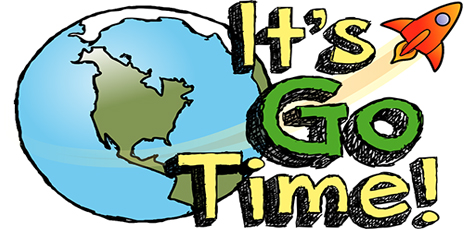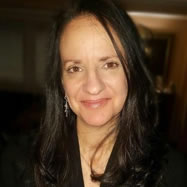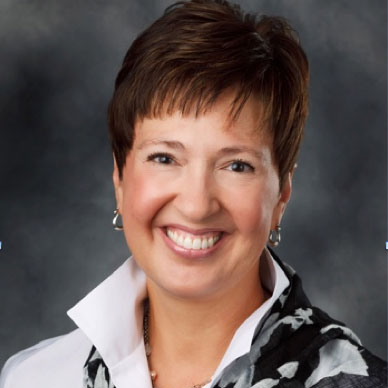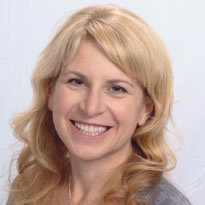 |
The event marks a unique collaboration between the Onondaga-Cortland-Madison Board of Cooperative Educational Services (OCM BOCES), the Syracuse University School of Education, the Smithsonian Science Education Center and several local teacher centers: Central New York/Oswego County; Jamesville DeWitt/Syracuse University; West Genesee/Syracuse University; Syracuse; and Cayuga-Onondaga.
The sold-out conference is especially significant because members of the New York State Board of Regents received the New York State Science Learning Standards (NYSSLS) in June and are expected to approve them soon. Reflecting the imminent nature of this action, the conference is called, “It’s Go Time! Seeing the Future through the new New York State Science Standards.”
“The intent of this conference is to help educators visualize the new standards in action through observation and discussion,” said Jessica Whisher Hehl, coordinator of the Center for Innovative Science Education at OCM BOCES. “This will allow the region to begin its collective learning to implement the new standards and provide science-learning opportunities for all students.”
Whisher Hehl has been coordinating the event since last year with Dr. Sharon Dotger, Associate Professor of Science Education and lesson study researcher at Syracuse University.
The conference agenda incorporates lesson study, which Dotger defines as “a collaborative teacher professional learning and research model to promote collective learning about the relationships between standards, student thinking, curriculum materials and instructional practices.”
“We want participants to leave with a better understanding of the standards, a positive sense of excitement for what they offer, and a vision for how they might look in their classrooms,” she said.
The live research lessons include a second-grade lesson on preventing erosion, a fourth-grade lesson on energy transfer, a fifth-grade lesson on groundwater and a sixth-grade lesson on modeling the relationship between the moon, sun and Earth. Teams of teachers and students from the North Syracuse, Liverpool and Marcellus school districts will be on hand to teach the lessons as conference participants observe and take notes.
“To my knowledge, this is the first conference in the U.S. to focus on the intersection of elementary science and lesson study,” said Dr. Kelly Chandler-Olcott, Associate Dean for Research in the Syracuse University School of Education. The university is “tremendously excited to be involved,” she added.
In addition, national leaders in science education will offer context and inspiration for the work that lies ahead. The keynote speakers include:
- Dr. Carol O’Donnell, Director of the Smithsonian Science Education Center, a unit of the Smithsonian Institution that is dedicated to transforming the learning and teaching of science throughout the nation.
- Dr. Carla Zembal-Saul, Professor of Education in Science at Penn State. She will draw on her vast volume of research to talk about improving science education through teacher learning.
- Tricia Shelton, a practicing secondary science teacher in Kentucky and member of the implementation team for the Next Generation Science Standards (NGSS), which serve as the basis for the new standards. She will discuss the overall goals of the NGSS and how they have been realized in her own teaching experiences.
 |
 |
 |
| Dr. Carol O'Donnell Director Smithsonian Science Education Center |
Dr. Carla M. Zembal-Saul |
Tricia Selton High School Science Teacher Kentucky |
In addition to its sponsorship, Syracuse University will be providing colorful T-shirts for the children. Faculty will also be on hand to facilitate the lesson study introductions and debriefings.
The conference focuses on the new state standards but also emphasizes the overall importance of science education and the concept of lesson study as a professional development practice.
According to the National Science Teachers Association, which collected data from multiple sources cited on nsta.org, employment in STEM fields (science, technology, engineering and math) is expected to grow faster than overall employment, with STEM majors earning $300,000 more over a lifetime than non-STEM majors. At the same time, a study in 2014 showed only about a third of high school students who took the ACT test were ready for college-level science.
O’Donnell, Director of the Smithsonian Science Education Center, said conferences like these “will help to ensure that all students are not only scientifically literate citizens, but are prepared for college or careers in STEM.”
“Imagine the impact on second grade students who are asked to ‘examine, build, and test solutions that address changes caused by Earth’s natural events,’ which gives students opportunities to design and build model dams to minimize flooding in a stream table, or plant vegetation to control for erosion,” she said. “By bundling phenomenon into an active learning environment, classroom teachers across New York can bring coherence to instruction and help students engage in scientific and engineering practices, address cross-cutting concepts, and learn disciplinary core ideas. The Smithsonian Science Education Center has evidence that this type of interdisciplinary learning enables students to apply what they have learned to solve real-world science problems, enhances students’ math and reading skills, and improves the learning of students typically underserved in STEM.”
 |
 |
 |


 Careers
Careers Staff Only
Staff Only Personnel
Personnel Sub Call-In Service
Sub Call-In Service Health & Safety
Health & Safety


